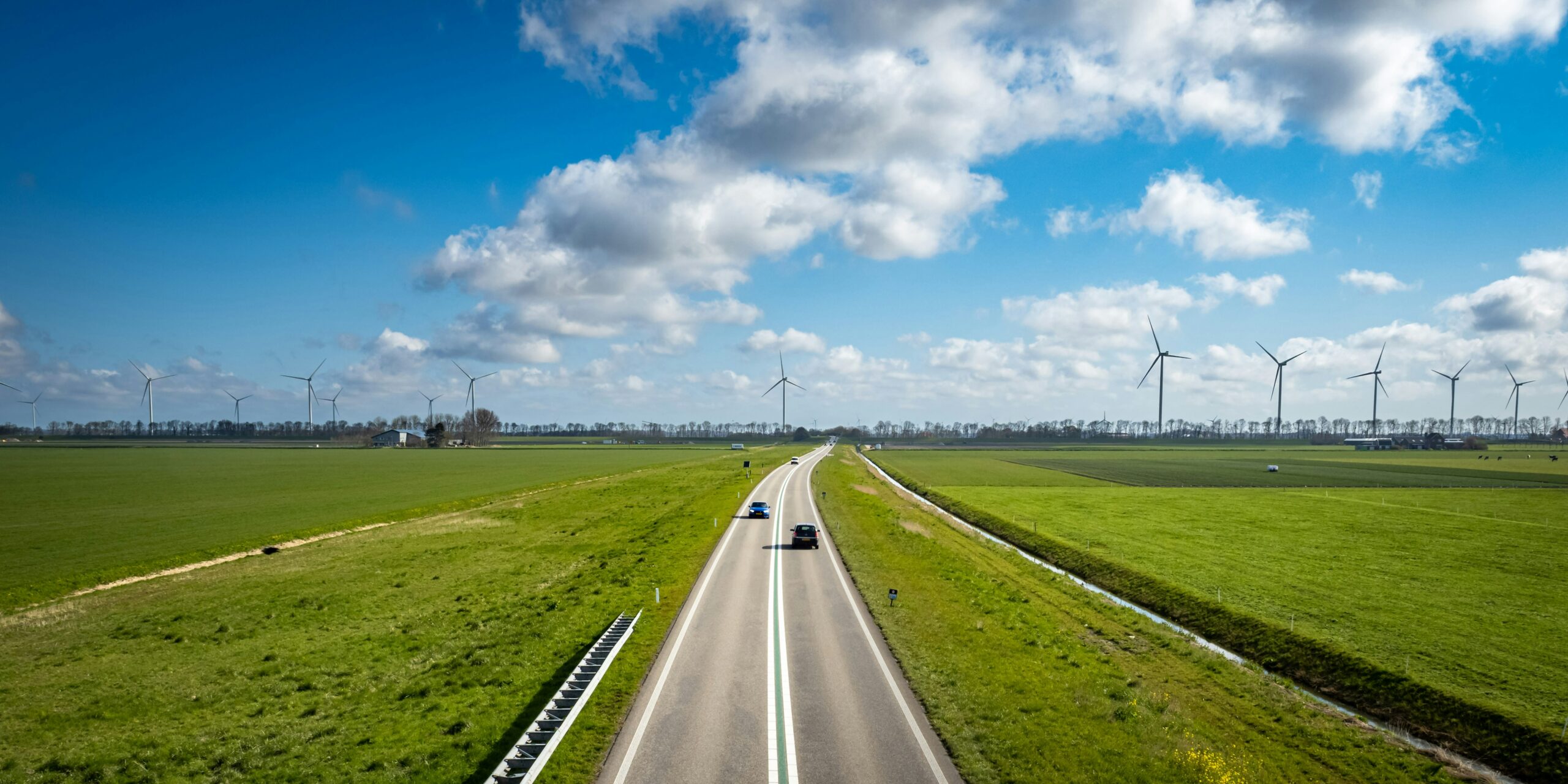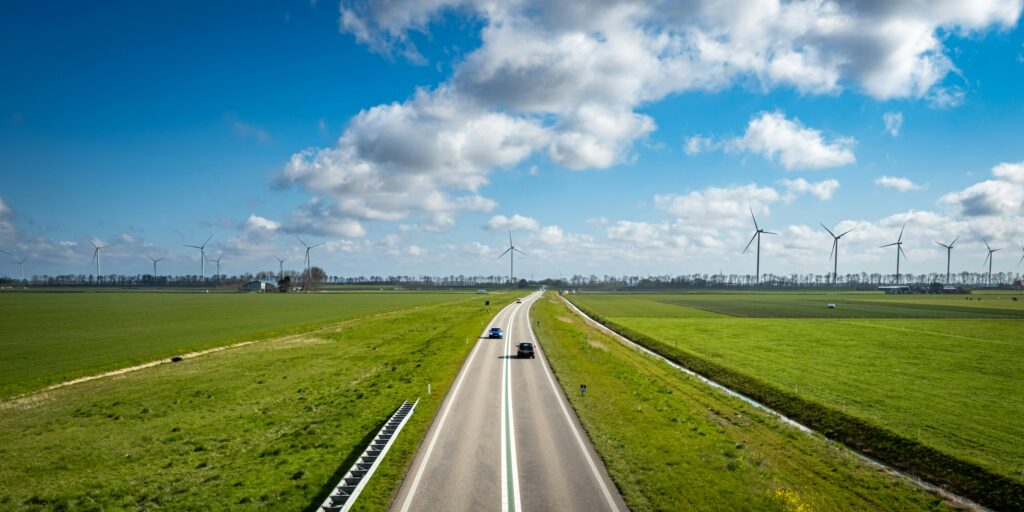As the end of 2024 nears, Canada’s renewable energy industry is seeing strong growth, and there is an increased level of harmony across the country’s industry. Over the past decade there have been instances of strong renewable energy growth in certain provinces such as Ontario and Alberta, whereas now Canada is seeing multiple provinces signal opportunity for renewable energy investment, among them British Columbia, Saskatchewan, Ontario, Québec, and Nova Scotia. Despite Alberta’s regulatory changes and market redesign causing some investment to look elsewhere in the country, there are still new renewable energy facilities being built, and investment is still industry-leading…albeit not for much longer.
Let’s take a closer look at the status of large-scale renewable energy opportunities in some of the provinces:
Back to BC – Having seen a limited number of opportunities to generate renewable energy since the Standing Offer Program was cancelled in 2019, BC Hydro has just selected the first nine successful proponents in its first competitive renewable energy procurement in over 15 years. The move, which is set to be repeated every two years until 2030, has brought BC back to being an attractive market for renewable energy development—particularly wind power, as nine selected projects who will receive electricity purchase agreements with BC Hydro are wind generating.
Steady Saskatchewan – For the past five-plus years, Saskatchewan’s renewable energy industry has grown significantly following multiple large-scale wind and solar power procurements by SaskPower, the provincial crown corporation utility. Several more procurements, in addition to other initiatives such as the Renewable Access Program, which allows developers to construct power projects to directly supply large power consumers, are in the works. These efforts, combined with SaskPower’s goal to end coal use for power generation by 2030, will give the industry a continued steady trajectory for the next several years.
Quantity in Québec – Canada’s largest producer of renewable energy, Hydro-Québec, has a vision to produce even more renewable energy and is looking to complement its vast hydro generation fleet with new wind power projects. With Québec’s diverse economy, aggressive push for electrification, and growing population, it seems likely that there will be continued investment in adding more renewable energy assets.
Noble Nova Scotia – The province of Nova Scotia has put forward strong plans to increase renewable energy, and like Saskatchewan, end coal generation. Nova Scotia is endowed with excellent wind resources, and wind power already accounting for 14% of electricity generation. The government is also currently considering a market change with the potential for an Independent System Operator to be implemented. Currently, this responsibility lies with Nova Scotia Power, which is a privately held company regulated by the Nova Scotia Utility and Review Board. It will be interesting to see how these developments play out and the effect they have on the renewables industry in the province.
Open Ontario – Canada’s economic engine, Ontario, is poised to expand its renewable energy industry further. The province is open for new investment and has provided a market signal with the announcement of 5GW of new procurements by 2034 under the Long-Term 2 RFP. Ontario is expected to see a surge in electricity demand ranging from electric vehicle adoption to the electrification of industrial processes. In an effort to guarantee investment, the LT2 RFP is proposed to include a financial guarantee model in the contracts of successful projects, where the Independent Electricity System Operator (IESO) guarantees the suppliers monthly revenue requirements.
Honourable mention:
Making Moves in Manitoba – A province which has not seen any major recent investment in wind or solar at the utility scale, has recently announced its intention to procure 600MW of wind power projects. The unique aspect of this upcoming procurement will be the 51% minimum Indigenous equity ownership requirement for project proposals, making it the highest of any such requirement in Canada.
Increasing electricity demand and pressures to reach climate goals are major drivers of the current renewable energy build out being seen across Canada, as are the favourable economics of many renewable energy projects. It is important to note that renewable energy is not just solar and wind; it includes hydro, geothermal, biomass, tidal, and any other form of renewable resource. In the past decade, Canada has seen investments in large hydropower-generating facilities, such as the Keeyask dam to the Tu Deh-Kah geothermal project in northern BC, which, when completed, will be among the first of its kind in Canada. By allowing space for a diverse mix of generating sources, Canada can ensure its electricity system of the future is clean, reliable, and affordable with the ability to meet future growth.
If you work in Canada’s renewable energy sector or are looking to enter the market, please reach out to our team today. Blue Harp Consulting Corporation was formed in 2020 and has worked on more than 25 unique consulting assignments and is ready to help your organization with your renewable energy needs today. Reach out to David Carscadden (dcarscadden@blueharpconsulting.ca) to schedule a meeting to discuss renewable energy in Canada.


![]()
